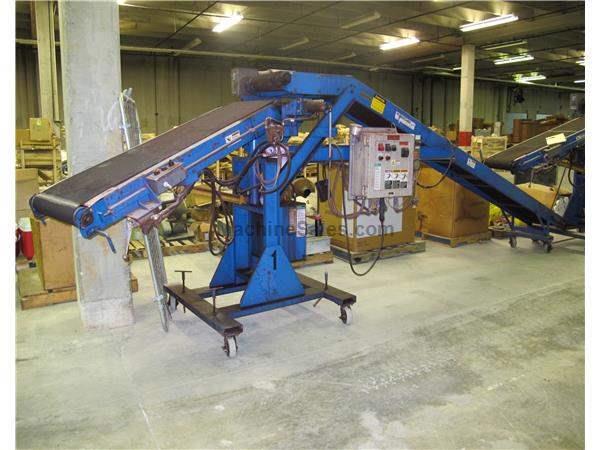
As with any electrical and mechanical device, safety should be a major concern. There are many moving parts to a conveyor belt, and anyone who works near or around this type of machine should be well-educated in the safety regulations, and why they are not only important, but also necessary.
Climbing, sitting, riding or walking on a conveyor belt (whether in motion or not) can lead to bodily injury. This may seem illogical to even mention, but at times people may get curious and mischievous which can not only damage the equipment, but bodily injury can happen more often then you may believe.
Guards and covers are built into conveyors for safety, and operating a conveyor belt without these safety features is dangerous. Safety guards are removed for maintenance and should only be performed by someone who is trained to repair, clear jams and maintenance the chains, gears and other moving parts that makes a conveyor operate smoothly.
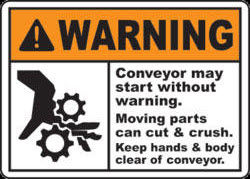 A technician may become too confident in their ability, and attempt to do a quick repair on the conveyor belt with properly shutting off the power. This type of laziness is what can lead to permanent (and unnecessary) bodily injury.
A technician may become too confident in their ability, and attempt to do a quick repair on the conveyor belt with properly shutting off the power. This type of laziness is what can lead to permanent (and unnecessary) bodily injury.
It is important not to overload a belt, and do not load a belt that is not in motion, as this can (and will) cause the conveyor belt to overheat. Also, excess debris, dust and oil should be kept at a minimum, as this may cause damage to the equipment.
Many factories and warehouses sound an alarm before a conveyor belt is turned on, and this is a good safety practice, because it alerts all employee to stay clear of the conveyor as it is about to become activated. In addition, this is a relatively inexpensive upgrade to ensure the safety of employees.
It cannot be reinforced enough that people need to stay away from a conveyor belt that is in motion. Hands, long hair, loose clothing and string that may be used to tie long hair back needs to be tucked in.
Long sleeves should be rolled up and out of the way. Anyone who is visiting your plant/warehouse should be briefed on the safety issues, and observed, to confirm that they do not fall victim to carelessness.
It is also important that pull cords, ALL controls and emergency stop buttons are clearly visible and easily reachable. Anyone that works near a conveyor belt should have basic safety training on the location and function of basic controls of this piece of equipment.
Many of these safety rules and regulations are obvious, but each visitor and employee must adhere to them, to avoid injury while being around a conveyor belt.
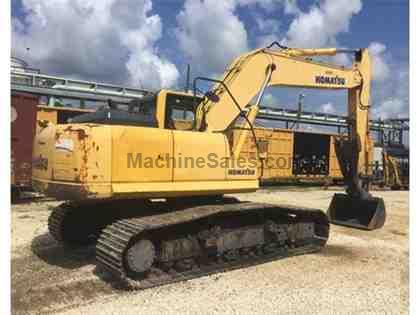
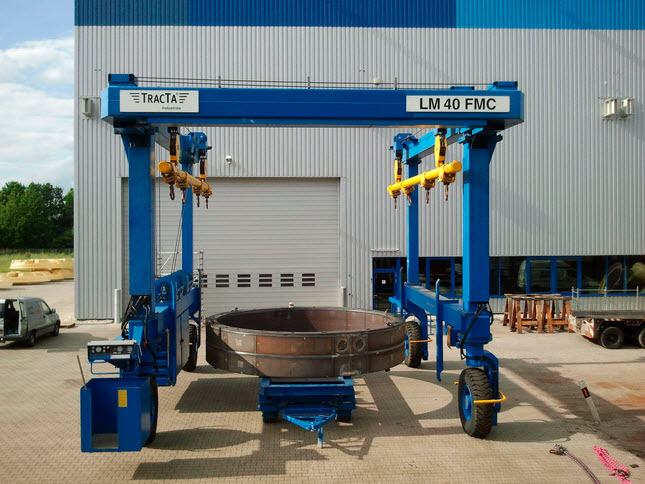 Bridge cranes are part of the many cranes available in the world. Bridge cranes were given their name because they require not less than two horizontal beams for locomotion.
Bridge cranes are part of the many cranes available in the world. Bridge cranes were given their name because they require not less than two horizontal beams for locomotion.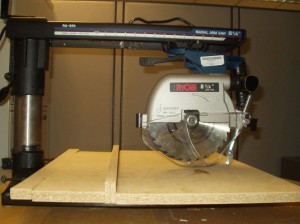 This type of machining tool has both the capability of cutting and ripping various types of lumber. That notwithstanding, the radial arm saw is even more versatile as it has other vast applications in overhead routing, drum sanding and surface planing.
This type of machining tool has both the capability of cutting and ripping various types of lumber. That notwithstanding, the radial arm saw is even more versatile as it has other vast applications in overhead routing, drum sanding and surface planing.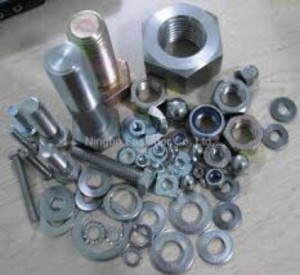 Steel is an
Steel is an 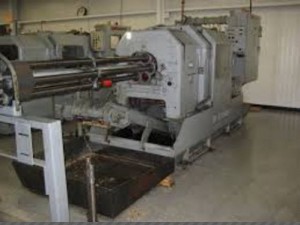 Don’t be fooled by the name, automatic screw machines – or the less formal ‘screw machine’ – are essentially lathes used to machine parts for industry or sale. Automatic screw machines don’t screw things in (as a drill or screwdriver would), and while they are capable of threading material, that is not their sole function.
Don’t be fooled by the name, automatic screw machines – or the less formal ‘screw machine’ – are essentially lathes used to machine parts for industry or sale. Automatic screw machines don’t screw things in (as a drill or screwdriver would), and while they are capable of threading material, that is not their sole function.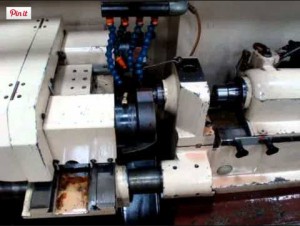 The turret-type screw machine orients the material on a vertical ram which then moves into the tool.�
The turret-type screw machine orients the material on a vertical ram which then moves into the tool.� 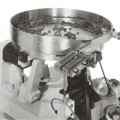
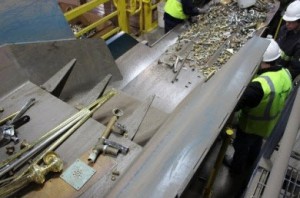 If you have ever poured sand through a funnel and need to tap it gently to allow the sand to flow continuously, then you have personally experienced the basic concept of a vibratory feeder.
If you have ever poured sand through a funnel and need to tap it gently to allow the sand to flow continuously, then you have personally experienced the basic concept of a vibratory feeder.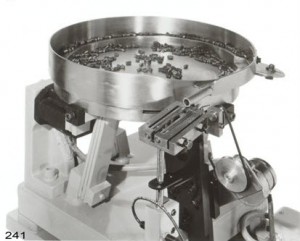
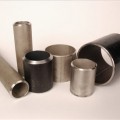
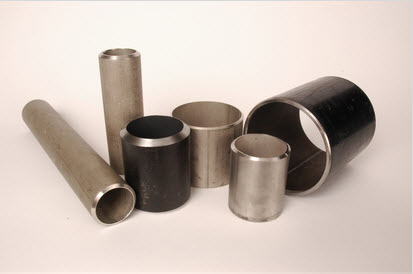 MSI was established in 1992 to provide well-designed, easy to use, reliable machinery. The engineering department has over 60 years of experience in real-life manufacturing applications and this expertise has been applied to design and manufacture the best equipment for the industrial fastener industry although he company now serves all types of manufacturing and distribution operations.
MSI was established in 1992 to provide well-designed, easy to use, reliable machinery. The engineering department has over 60 years of experience in real-life manufacturing applications and this expertise has been applied to design and manufacture the best equipment for the industrial fastener industry although he company now serves all types of manufacturing and distribution operations.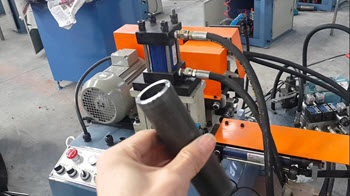
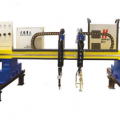
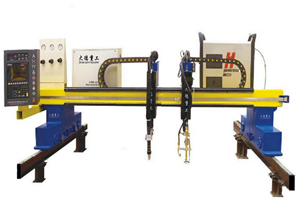
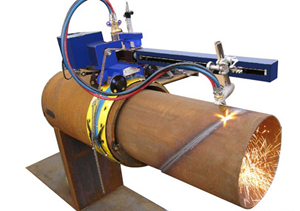 Esprit Automation Ltd.
Esprit Automation Ltd.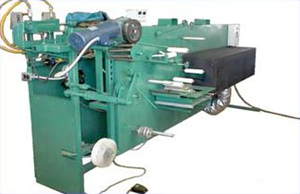
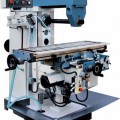
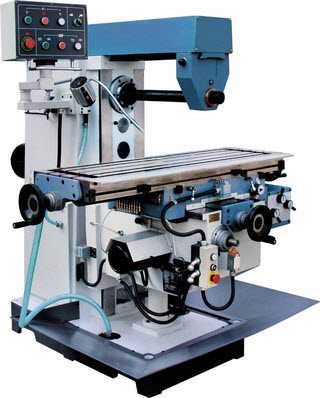 Imagine that you are running a machine tool, be it milling or a lathe, but you are not in direct control. Someone else has the levers, dials and buttons.
Imagine that you are running a machine tool, be it milling or a lathe, but you are not in direct control. Someone else has the levers, dials and buttons.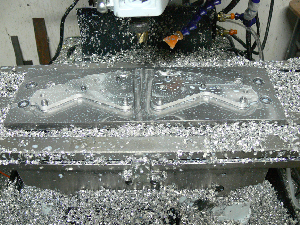 If you put the drawing of a part that needs to be machined on a piece of graph paper, you can get the coordinates of the points that the cutter or the tool has to move through.
If you put the drawing of a part that needs to be machined on a piece of graph paper, you can get the coordinates of the points that the cutter or the tool has to move through.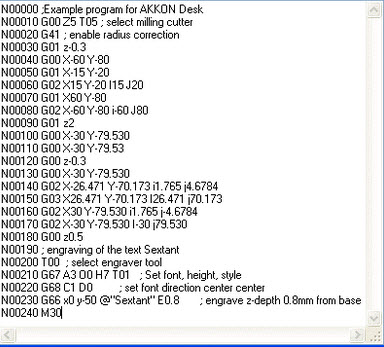 Often, you would hear “G code” programming in CNC discussion. The reason is that this “Standard” list of code has lots of G’s in them.
Often, you would hear “G code” programming in CNC discussion. The reason is that this “Standard” list of code has lots of G’s in them.